Introduction to Camembert Cheese and Brie

Camembert Cheese and Brie have long been staples in the world of French cheese, known for their rich and creamy textures and distinct flavors. Introduced to the world in the late 18th and early 19th centuries, these cheeses have captivated cheese lovers ever since. Today, they are enjoyed in various forms: on cheeseboards, in sandwiches, or melted into delicious dishes. Let's explore the fascinating history, production process, characteristics, and serving suggestions of Camembert Cheese and Brie. Get ready to indulge in the delightful world of these two iconic cheeses!
History and Origin of Camembert Cheese and Brie
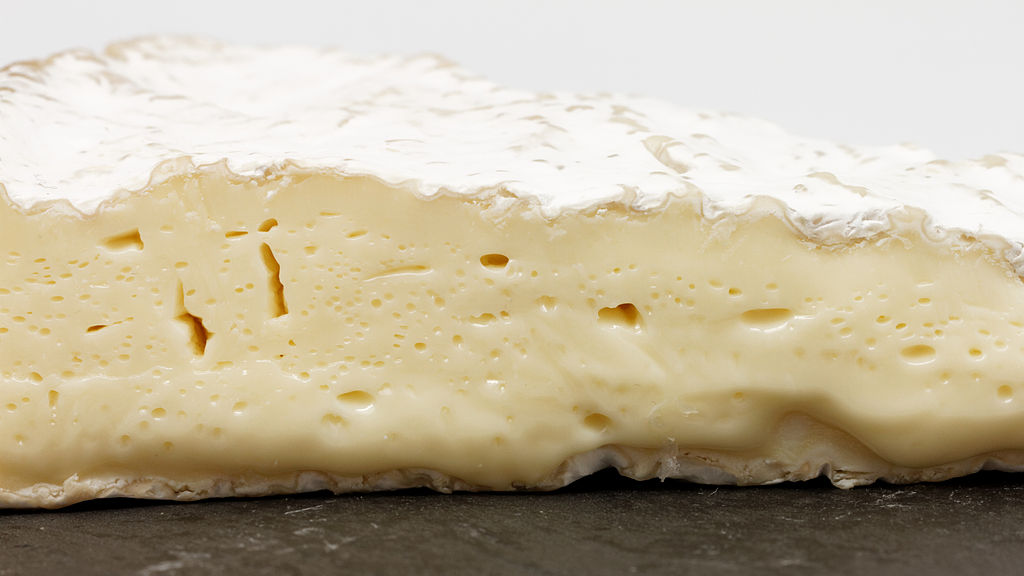
Camembert cheese and Brie have intriguing histories that trace back to France. Camembert originated in Normandy, while Brie hails from the Île-de-France region. Both cheeses have been enjoyed for centuries, with Brie gaining popularity in the 18th century and Camembert becoming a household name in the 19th century. The unique cultural and geographical factors of these regions contribute to the distinct flavors and characteristics of each cheese. Today, they are cherished for their rich heritage and continue to be cherished delicacies worldwide.
Production Process and Ingredients of Camembert Cheese and Brie
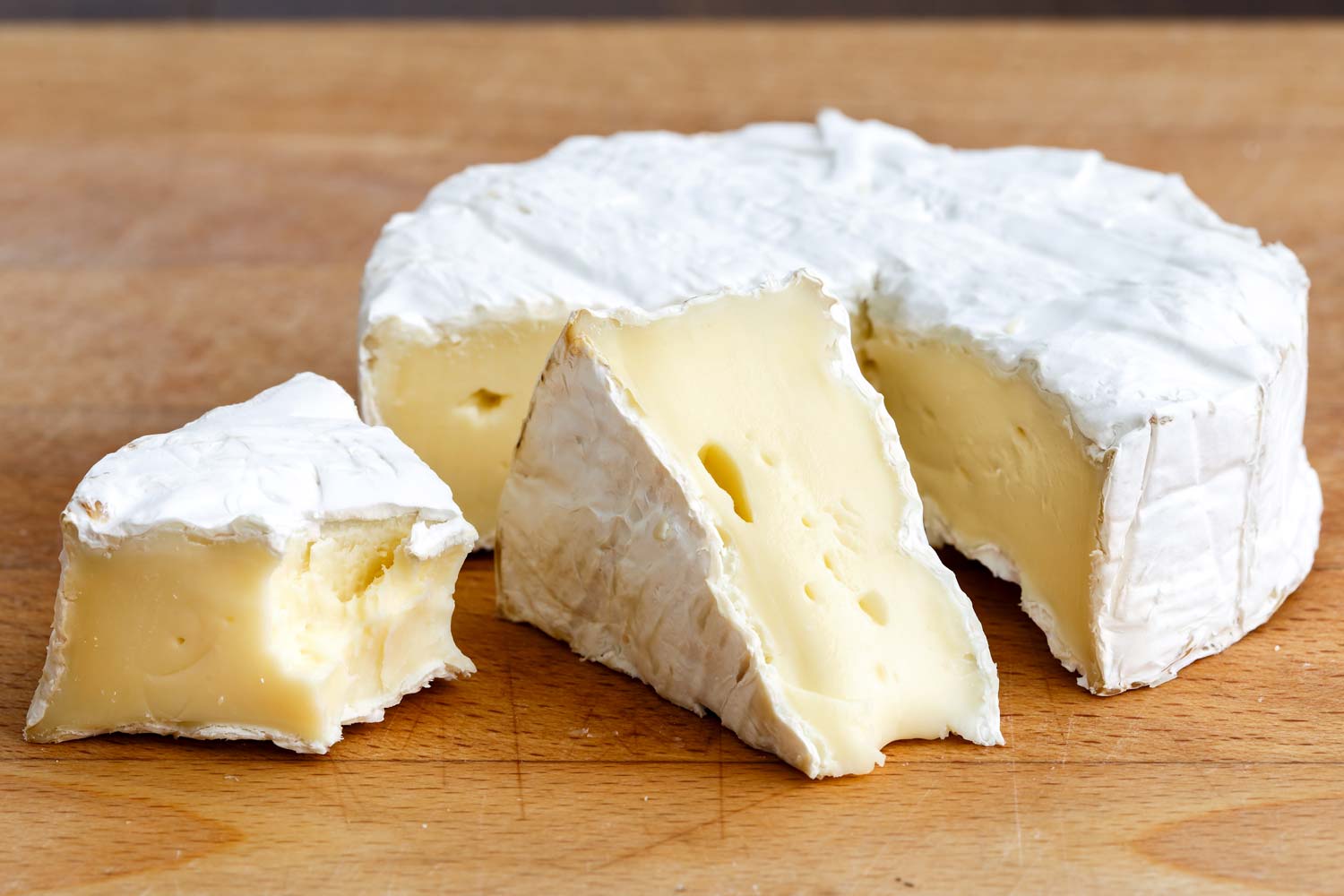
Camembert cheese and Brie share similarities in their production process and ingredients. Both are made from cow's milk and undergo a similar cheese-making process. However, there are two key differences that result in distinct cheeses. Camembert uses stronger lactic starters, resulting in a more robust flavor and aroma. Additionally, Camembert uses these starters more frequently during the cheese-making process compared to Brie. Brie, on the other hand, adds cream, making it higher in fat. These variations in process and ingredients contribute to the unique characteristics of each cheese.
Camembert Cheese Characteristics

Camembert cheese is known for its distinct characteristics. It has a velvety, creamy texture and a rich, earthy flavor. The cheese is usually covered by a thin, bloomy rind that adds to its unique taste. When fully ripened, Camembert becomes soft and gooey in the center, making it a perfect spread on bread or crackers. Its mushroomy aroma further enhances the overall experience. Camembert cheese is best enjoyed at room temperature to fully appreciate its flavors and textures. So go ahead and indulge in the delightful characteristics of Camembert cheese.
Taste and Texture of Camembert Cheese
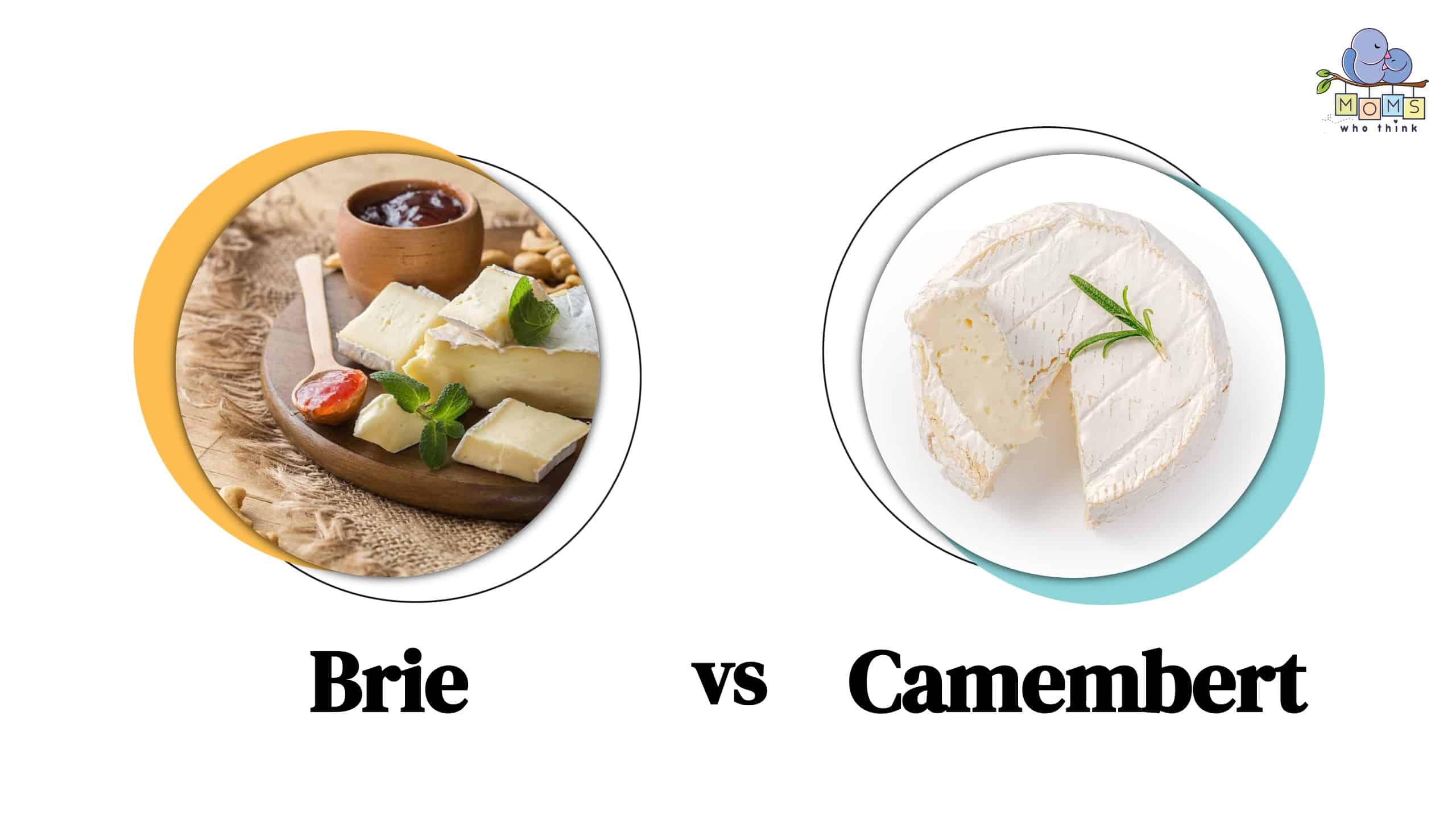
Camembert cheese is known for its velvety, creamy texture and rich, earthy flavor. It has a thin, bloomy rind that adds to its unique taste. When fully ripened, Camembert becomes soft and gooey in the center. It is best enjoyed at room temperature to fully appreciate its flavors and textures. Whether spread on bread or paired with crackers, the taste and texture of Camembert cheese are truly delightful.
Aroma and Aging Process of Camembert Cheese
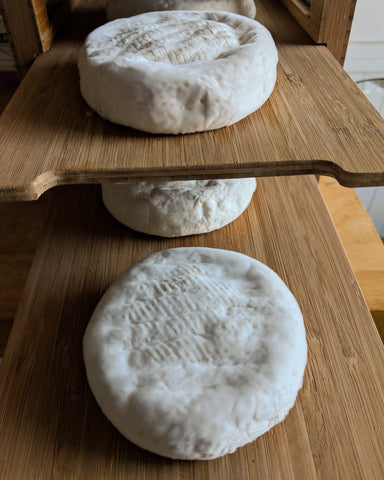
Camembert cheese develops its unique aroma and flavor through the aging process. As it matures, the cheese develops a rich, earthy aroma with hints of mushroom and garlic. The aging process also enhances the creamy texture and intensifies the flavor of the cheese. To fully appreciate the aroma and flavors of Camembert, it is best to let it ripen at room temperature before indulging in its deliciousness. Remember to remove the cheese from its packaging and allow it to breathe to enhance its aroma and taste.
Brie Cheese Characteristics

Brie cheese is known for its larger size, often served in wedges or wheels. It has a bloomy rind and a pale yellow interior. The flavor of Brie can range from buttery and earthy to savory and nutty, depending on the ripeness. It offers a creamy texture that melts in the mouth, making it a popular choice for spreading on crackers or bread. Brie pairs well with fruits like apples and grapes, as well as with cured meats and crusty bread.
Flavor Profile and Texture of Brie Cheese
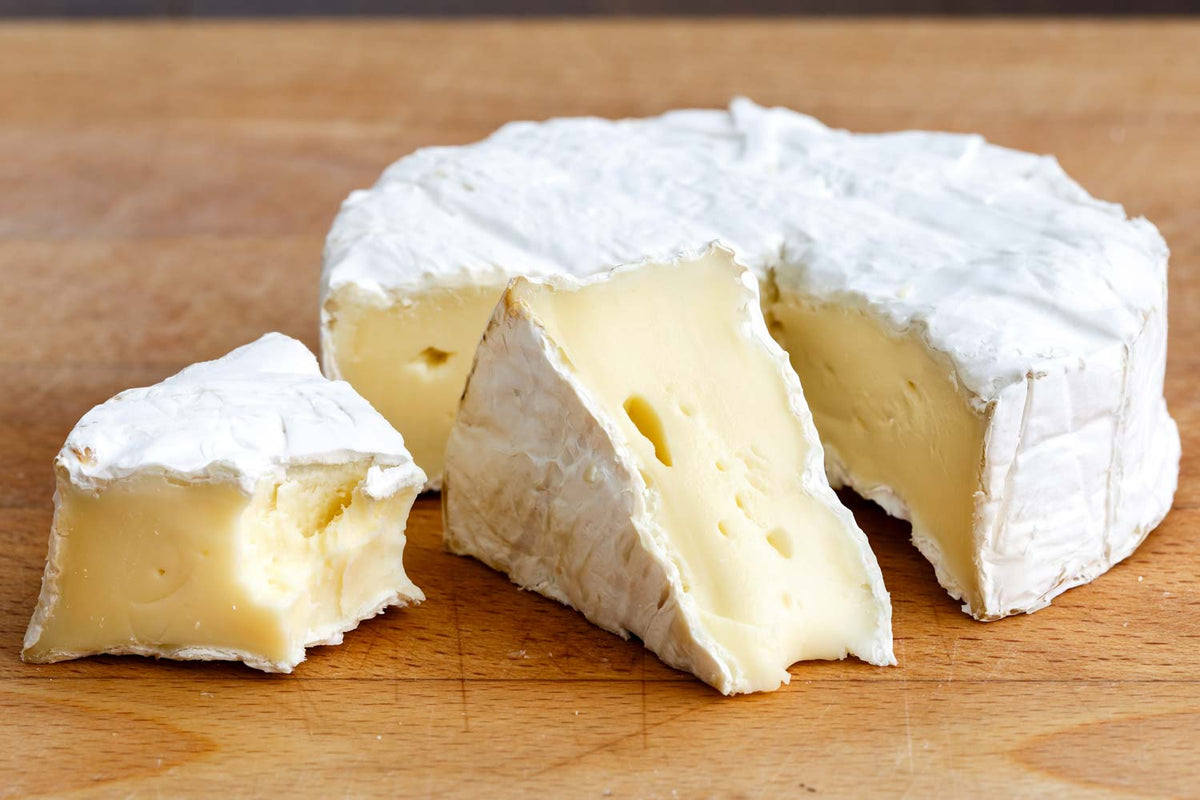
Brie cheese offers a unique flavor profile and texture that sets it apart from other cheeses. It has a mild, buttery taste with subtle hints of sweetness and nuttiness. The texture is creamy and smooth, almost melting in your mouth. The combination of the rich flavor and velvety texture makes Brie a favorite choice for spreading on crackers or bread. Its versatility allows for a wide range of pairing options, making it a go-to cheese for cheese boards or appetizers.
Ripening and Aging of Brie Cheese
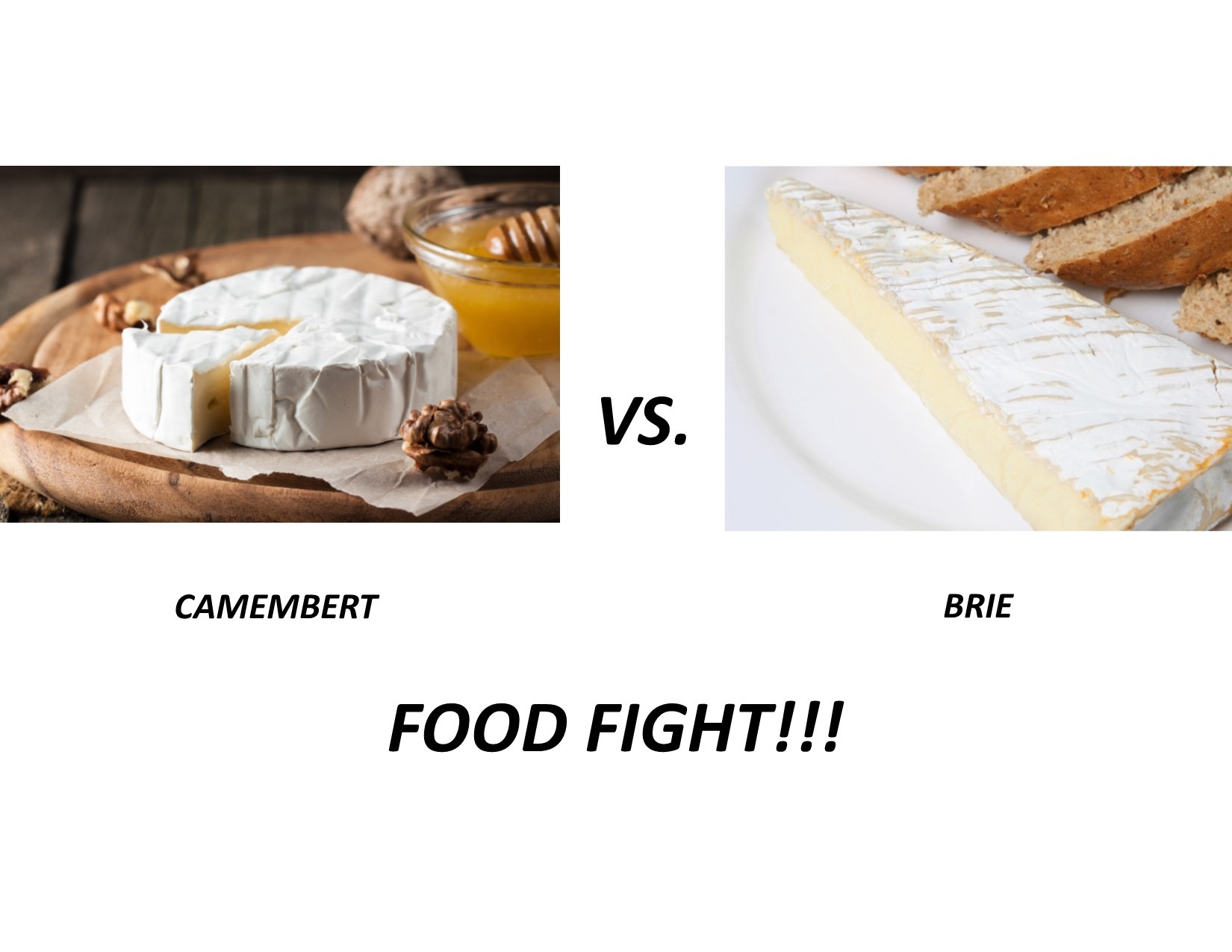
Brie cheese undergoes a ripening and aging process that adds depth and complexity to its flavor and texture. During ripening, the cheese develops a soft, creamy interior and a bloomy white rind. Aging allows the flavors to intensify and become more pronounced. It is important to properly age Brie cheese to achieve the desired balance of flavors. This can be done by storing the cheese in a cool and humid environment, allowing it to mature for the recommended time. The result is a rich and buttery cheese with a velvety texture that is perfect for spreading or enjoying on its own.
Nutritional Value and Health Benefits

Both Camembert cheese and Brie cheese offer a range of nutritional benefits. They are both good sources of calcium and protein, which are essential for healthy bones and muscles. However, it's important to note that they are also high in saturated fats, so moderation is key. In terms of health benefits, the probiotic content in these cheeses can promote a healthy gut flora and improve digestion. It's recommended to consume them in moderation as part of a balanced diet.
Nutrient Content Comparison of Camembert Cheese and Brie

In terms of nutrient content, there are some differences between Camembert cheese and Brie cheese. While both are good sources of calcium and protein, Brie cheese has a slightly higher fat content than Camembert cheese. It's important to note that both cheeses are high in saturated fats, so moderation is key. However, the probiotic content in both cheeses can promote a healthy gut flora and improve digestion. Be sure to consume them as part of a balanced diet.
Potential Health Benefits and Drawbacks

Potential Health Benefits and Drawbacks
When it comes to the health benefits of Camembert cheese and Brie cheese, there are a few things to consider. While both cheeses are rich in calcium and protein, they are also high in saturated fats, which can contribute to cardiovascular health issues when consumed in excess. On the positive side, the probiotic content in these cheeses can improve digestion and promote a healthy gut flora. It's important to consume them in moderation and as part of a balanced diet to reap their nutritional benefits while minimizing the drawbacks.
Serving and Pairing Suggestions
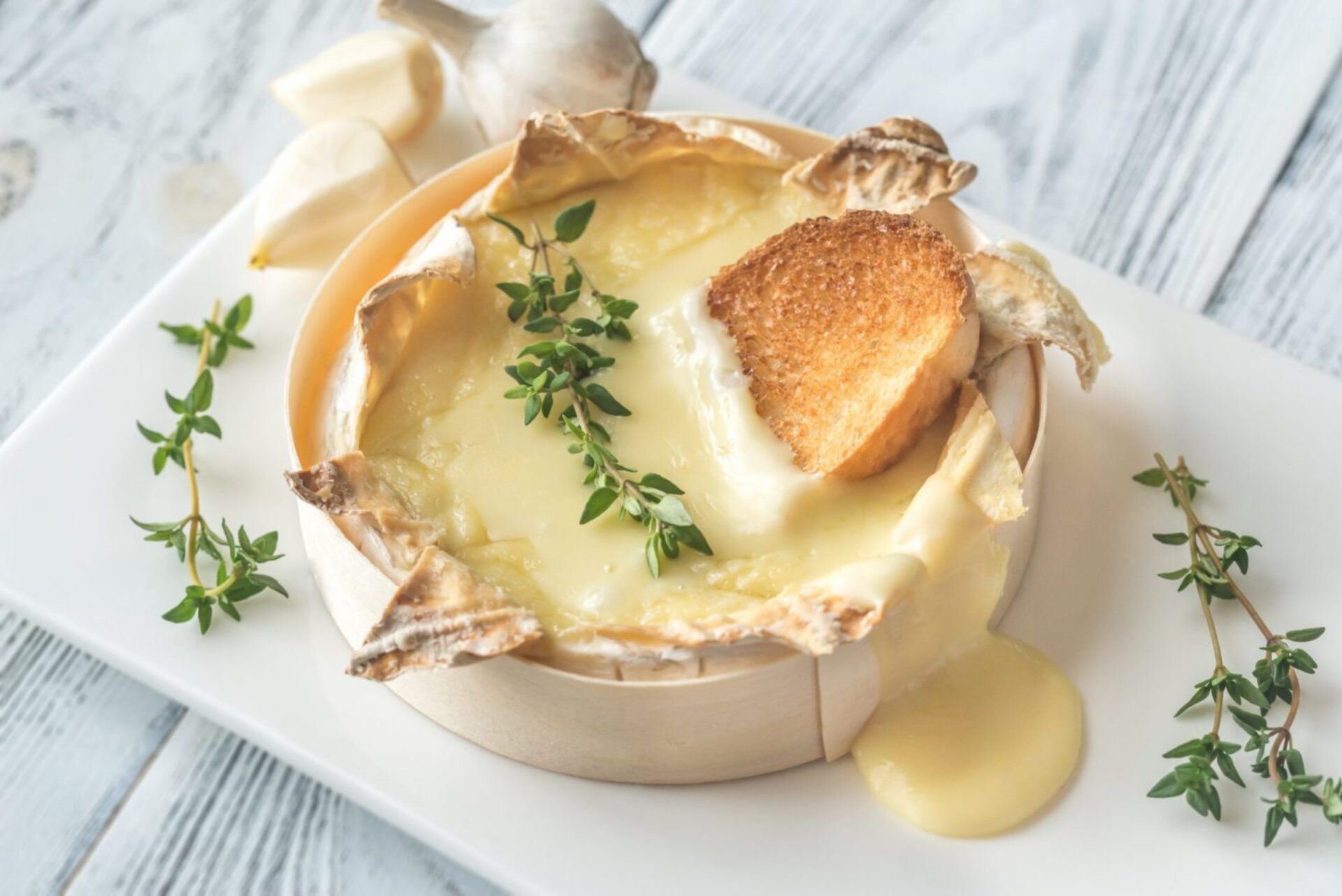
When it comes to serving and pairing suggestions for Camembert cheese and Brie cheese, there are a few recommendations to enhance your culinary experience. For Camembert, it pairs well with fruity and aromatic wines like Beaujolais or Chenin Blanc. It also goes perfectly with sweet accompaniments such as fig spread, caramelized onions, or a crusty baguette. As for Brie, its versatility shines when incorporated into dishes like grilled cheese sandwiches, pasta dishes, or tartines. Be creative with your pairings and explore the many ways these cheeses can elevate your meals.
Best Ways to Serve Camembert Cheese and Brie
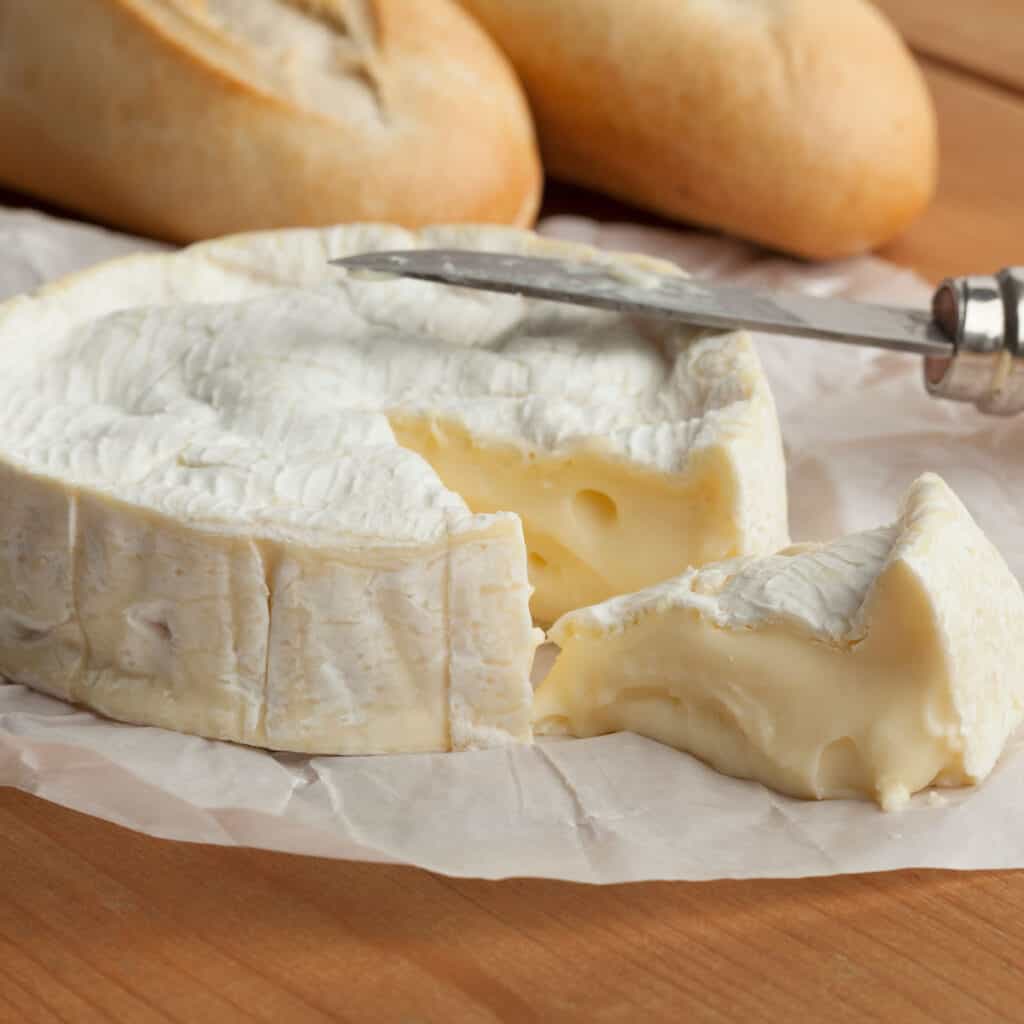
To fully enjoy the flavors of Camembert cheese and Brie, there are a few recommended serving methods. For Camembert, it pairs well with fruity and aromatic wines like Beaujolais or Chenin Blanc. It also goes perfectly with sweet accompaniments such as fig spread, caramelized onions, or a crusty baguette. As for Brie, its versatility shines when incorporated into dishes like grilled cheese sandwiches, pasta dishes, or tartines. Be creative with your pairings and explore the many ways these cheeses can elevate your meals.
Recommended Wine and Accompaniments

For the perfect pairing with Camembert cheese, you can't go wrong with fruity and aromatic wines like Beaujolais or Chenin Blanc. To enhance the experience, complement the cheese with sweet accompaniments such as fig spread, caramelized onions, or a crusty baguette. As for Brie, it's versatile enough to be incorporated into various dishes like grilled cheese sandwiches, pasta dishes, or tartines. Get creative with your pairings and explore the delightful combinations these cheeses offer. Make sure to have a full-bodied Chardonnay or an earthy red wine, like Merlot, when enjoying a more mature Brie.
Conclusion

In conclusion, while Camembert and Brie share similarities as creamy and flavorful French cheeses, they also have distinct characteristics. Camembert exhibits a more rustic taste and texture, while Brie offers a refined and smooth experience. Both cheeses are versatile and can be enjoyed on their own or incorporated into various dishes. Whether you prefer the earthy richness of Camembert or the elegance of Brie, these cheeses are sure to delight your taste buds and add a touch of sophistication to any meal. Get creative with your pairings and explore the unique flavors each cheese has to offer.
Differences and Similarities Between Camembert Cheese and Brie

Camembert and Brie may appear similar, but they have distinct characteristics. Camembert has a rustic taste and texture, while Brie offers a refined experience. Both cheeses are versatile and can be enjoyed alone or in dishes. Camembert has a stronger flavor and aroma, while Brie is milder. They have different aging and ripening processes. Camembert is popular for its strong flavor, while Brie is known for its creamy texture. Ultimately, the choice between Camembert and Brie depends on personal preference and desired flavor profile.
Popular Recipes Using Camembert Cheese and Brie

Some popular recipes using Camembert cheese include baked Camembert with garlic and rosemary, Camembert and cranberry puff pastry bites, and Camembert and pear tart. For Brie cheese, popular recipes include baked Brie with honey and walnuts, Brie and caramelized onion tart, and Brie and apple grilled cheese sandwich. These recipes showcase the creamy and mild flavors of both cheeses and can be enjoyed as appetizers or main dishes. Experimenting with different ingredients and flavors can create delicious and unique dishes using Camembert and Brie cheese.
DK FAQ MARK
FAQ about Cheese Delights: Camembert Cheese vs Brie
Q: What is Camembert cheese?
A: Camembert is a soft, creamy, and delicious French cheese known for its rich flavor and smooth texture.
Q: What is Brie cheese?
A: Brie is another soft cheese from France that is creamy, mild, and slightly nutty in taste.
Q: How do Camembert and Brie differ in taste?
A: While both cheeses are soft and creamy, Camembert tends to have a stronger and earthier flavor compared to the milder taste of Brie.
Q: Are there differences in the texture between Camembert and Brie?
A: Yes, Camembert is firmer in texture with a thicker rind, while Brie is creamier and has a thin edible rind.
Q: Can Camembert and Brie be used interchangeably in recipes?
A: Yes, both cheeses can be used interchangeably in recipes that call for a soft, creamy cheese, but keep in mind the differences in taste and texture.
Q: How should Camembert and Brie be served?
A: Both cheeses are best served at room temperature to bring out their full flavors. Pair them with fruits, nuts, crackers, or a glass of wine for a delightful snacking experience.
Q: Are Camembert and Brie suitable for melting?
A: Yes, both cheeses are excellent for melting. They are perfect for making gooey grilled cheese sandwiches, creamy pasta sauces, or indulgent baked dishes.

The Finer Diner has a rich history deeply rooted in the Mt. Oliver and Hilltop community. Our journey began with a simple yet ambitious vision – to create a welcoming space where friends and families could come together to enjoy delicious, comforting meals in a classic diner-style setting. Since our establishment, we have been dedicated to serving food, creating lasting memories, and fostering a sense of belonging within our community. Our commitment to quality, authenticity, and exceptional service has been the cornerstone of our success.